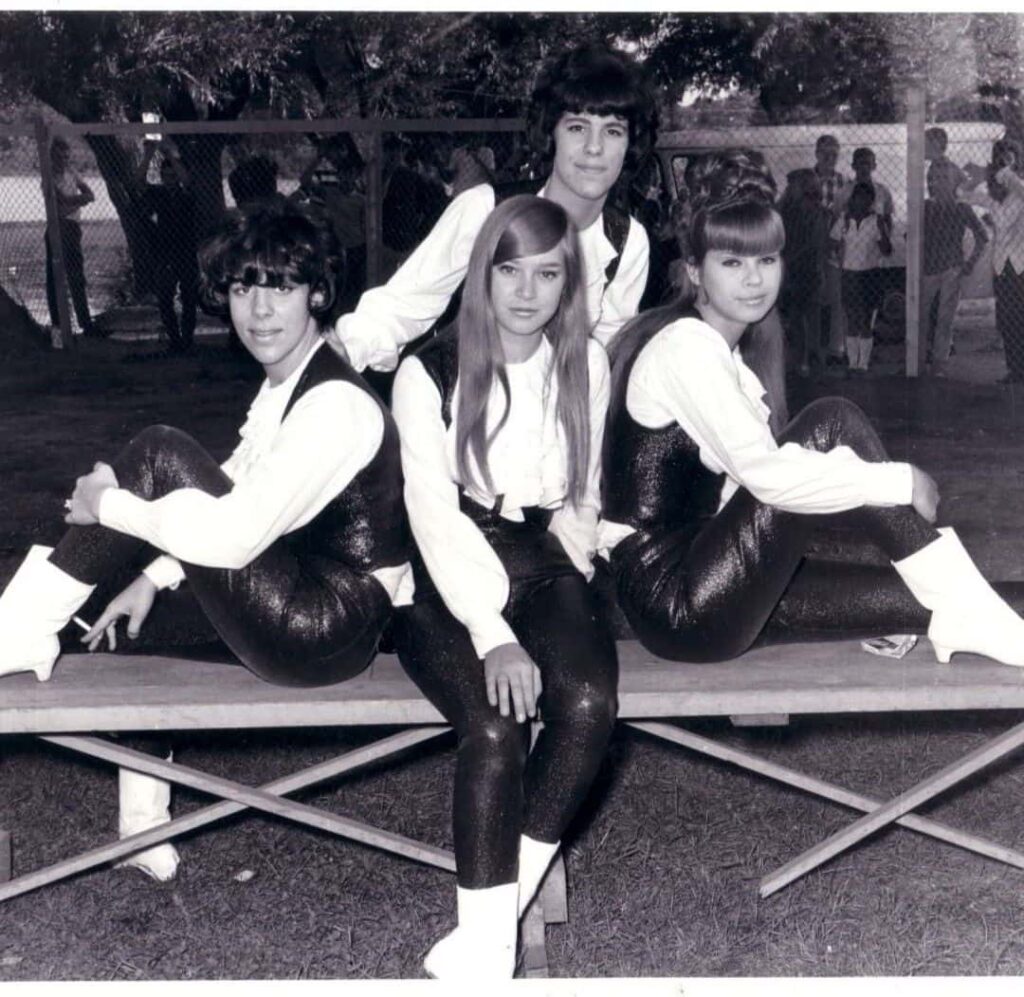
“Out In The Streets” – A Tale of Teenage Rebellion and Unspoken Yearning
When the first notes of The Shangri-Las’ “Out In The Streets” drift through the air, it’s like a time machine set for the mid-1960s. The song, a masterful blend of innocence and defiance, wasn’t a massive chart topper at the time of its release in 1965, but its legacy has endured, resonating with a timeless quality that speaks to the heart of teenage angst and the desire for freedom. While it didn’t crack the Billboard Top 40, its B-side, “I’m Blue,” garnered more attention. Still, the a-side has become a beloved classic among garage rock and girl group enthusiasts. Its relative obscurity on the charts doesn’t diminish its power; in fact, it enhances its mystique, making it a hidden gem for those who appreciate the raw, unfiltered emotions of that era.
The story behind the song is a reflection of the band’s unique identity. The Shangri-Las, comprised of two sets of sisters, Betty and Mary Weiss and Marge and Mary Ann Ganser, were known for their dramatic, cinematic narratives. Produced by the legendary George “Shadow” Morton, a man who understood the power of a good story, the song was born from the same creative wellspring that gave us classics like “Leader of the Pack” and “Remember (Walking in the Sand).” Morton had a knack for crafting miniature tragedies, and “Out In The Streets” is no exception. It’s a sonic painting of a young girl torn between the expectations of her parents and the magnetic pull of her boyfriend, a quintessential “greaser” who represents a world of freedom and danger. The song’s narrative tension is palpable, a tug-of-war between a life of conformity and a life lived on the edge.
The song’s meaning is a poignant exploration of youthful rebellion and the yearning for a life unconstrained by societal norms. The protagonist’s parents are portrayed as well-meaning but stifling figures who “don’t know where he’s been.” They see her boyfriend as a threat, a bad influence who will lead her astray. But to her, he represents something more profound. He is her escape, her confidante, and the key to a world of adventure that exists “out in the streets.” The lyrics “He’s not like the other guys” are a testament to the special connection she feels with him, a bond that transcends the judgments of her elders. The song captures that universal feeling of being misunderstood, of having a love that others can’t see or appreciate. It’s a bittersweet anthem for every teenager who has ever felt like an outsider, and a powerful reminder of the deep, often unspoken, desires that drive us in our youth. The song also features the group’s signature spoken-word segments, a style that made them stand out from their contemporaries. This narrative device adds a layer of theatricality, drawing the listener even deeper into the dramatic world of the song’s characters. It’s a masterful touch that elevates the song from a simple pop tune to a timeless piece of musical storytelling. The raw emotion in the vocals, particularly in Mary Weiss’s powerful lead, is what truly makes the song unforgettable. Her voice carries a weight of experience that belies her young age, making the song’s themes of love and longing all the more believable.